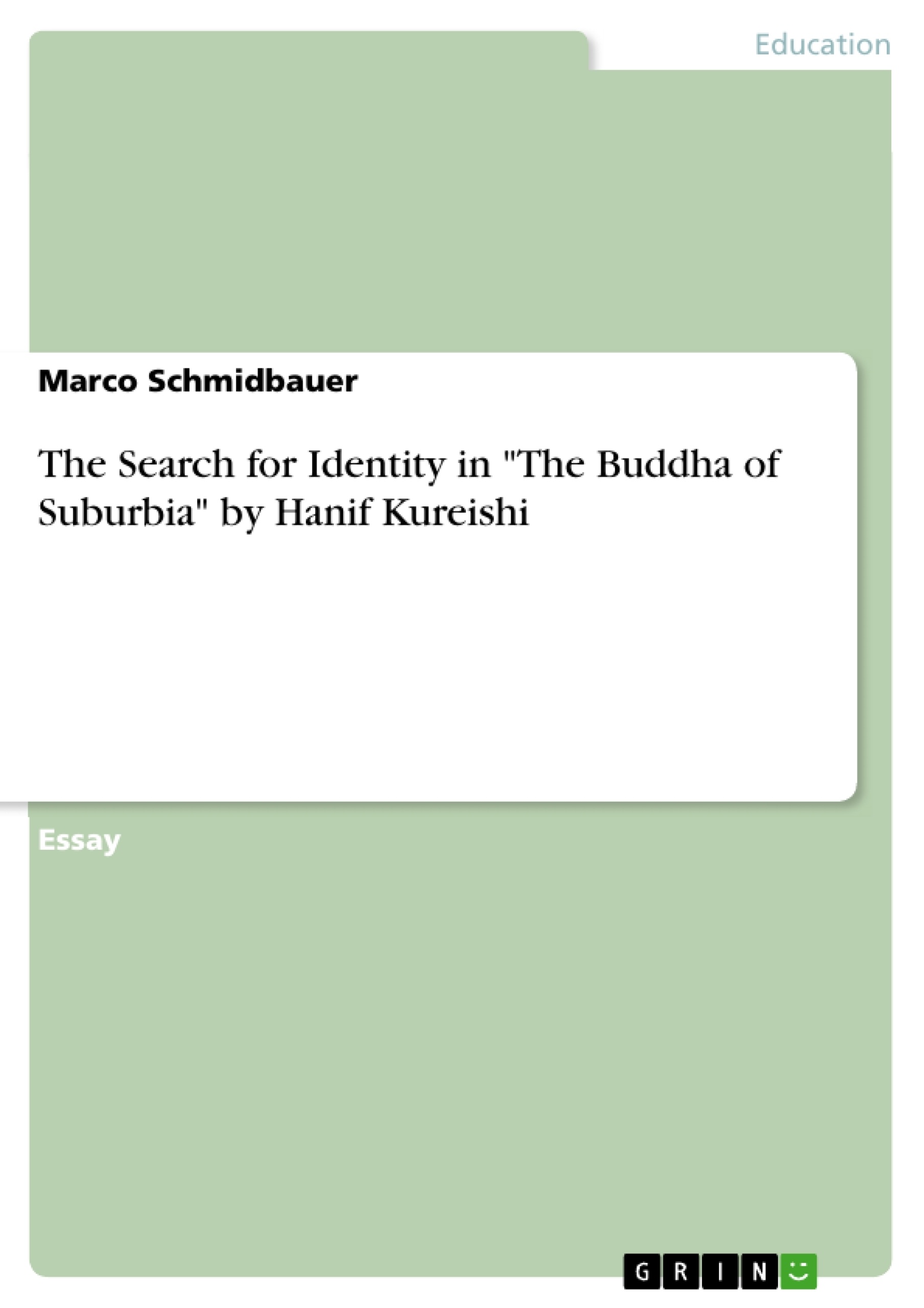The beginning of the novel "The Buddha of Suburbia" by Hanif Kureishi already reveals the struggle for identity. But what exactly is identity? No one can give a clear definition on what it is - we can only limit the factors that determine identity, such as class, gender, sexual preference, ethnic background and education.
Moreover, identity is bound to social norms. A boy for example is expected to like football or cars, whereas girls are expected to be interested in fashion and shoes. If a person fails to fulfill his gender role, he/she is automatically seen as different and not normal. This way stereotypes are formed. Stereotypes are fixed notions of racial identities, developed over the years. Even though often unconsciously: every person generalizes - this is just how the human mind works. When we see a person for the first time, we immediately tend to put the other into certain categories.
Fortunately, identity is not fixed but a malleable entity constructed through social performance. Social performance includes your way of clothing, behavior, accent and much more. In general, it is your outer appearance combined with your gestures and facial expressions, as well as your way of speaking. To my mind, every single person creates their own identity unconsciously. On top of that, nobody can judge his or her identity by himself - it is judged by others.
- Citar trabajo
- Marco Schmidbauer (Autor), 2012, The Search for Identity in "The Buddha of Suburbia" by Hanif Kureishi, Múnich, GRIN Verlag, https://www.grin.com/document/388006
-

-

-

-
¡Carge sus propios textos! Gane dinero y un iPhone X. -

-
¡Carge sus propios textos! Gane dinero y un iPhone X. -

-
¡Carge sus propios textos! Gane dinero y un iPhone X. -

-
¡Carge sus propios textos! Gane dinero y un iPhone X. -

-
¡Carge sus propios textos! Gane dinero y un iPhone X.

